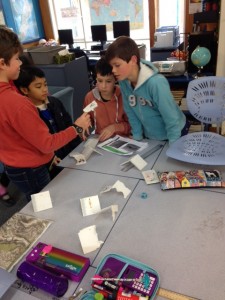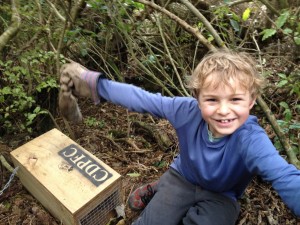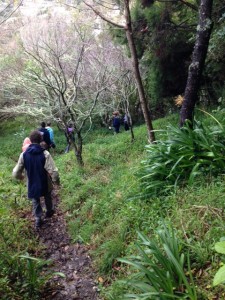




Saving more than the birds
I’m a guy who was out the front gate of his house and saw a stoat cross the road in front of him and decided to start Crofton Downs Predator Free Community as a means to alleviate my inner guilt and rage.
By K elvin Hastie – Crofton Downs Predator FreeI’m a guy who was out the front gate of his house and saw a stoat cross the road in front of him and decided to start Crofton Downs Predator Free Community as a means to alleviate my inner guilt and rage.
elvin Hastie – Crofton Downs Predator FreeI’m a guy who was out the front gate of his house and saw a stoat cross the road in front of him and decided to start Crofton Downs Predator Free Community as a means to alleviate my inner guilt and rage.
We decided to engage our place to become New Zealand’s first predator free community. Free of rats, stoats, weasels and possums. No one had ever tried this in a built up residential area, so we bonded the community together in a common goal.
We tend to think of these things as the birds and the reserves but we flipped that on its head and said let’s look at the community and ignore the birds.
We didn’t ask the experts how this could be done because we wanted to rewrite the rules without knowing what the rules were. We wanted to understand what the true barriers were and whey we were still going backwards in New Zealand when it comes to our environment.
I was keen to figure out what was most important: the outcome of trapping is more birds, lizards, invertebrates…..obvious right? Well no not really. We gave 500 hundred people a sense of PLACE and ownership in our small community.
 • We created community building and partnerships
• We created community building and partnerships
• A sense of purpose
• Exercise and wellbeing
• Connection to the environment
We gave our community ownership and they wrote the script.
We didn’t focus on an outcome, because often people want to jump straight to fixing what they perceive as the problem. In our case that would have been to jump straight into saving the birds by killing the predators, which is fun, but simplistic. The true outcome – which could be resolving a bigger problem is not always evident upfront, and that takes time to emerge.
On the 1st of November 2015 Crofton Downs was crowned NZ’s first Predator Free Community; free of rats, stoats, weasels and possums after monitoring zero. Some experts say to me this is not a true measure, it takes three years to declare an area predator free. So while this debate goes on – rather than wait three years to be declared predator free – we have widened the programme. It’s pretty hard to be predator free when your neighbours aren’t. We have expanded to four neighbouring suburbs that will now encompass 900 hectares under residential control. And another 1,500 hectares under best practice linked reserve control with 1,000 DOC200’s (traps) from outside the Zealandia Café to Mt Kaukau in the North and our birds are flourishing.
We have also partnered with other organisations like Zero Invasive Predators (ZIP) who are on the cutting edge of predator control in this country.
Wha t happens when the predators are gone? Our community is finding new and wonderful ways to fill the gaps. People are becoming more responsible pet owners, people are watching over our Kaka fledglings as they drop on the ground, more planting is taking place and we are building new tracks and lining them with traps.
t happens when the predators are gone? Our community is finding new and wonderful ways to fill the gaps. People are becoming more responsible pet owners, people are watching over our Kaka fledglings as they drop on the ground, more planting is taking place and we are building new tracks and lining them with traps.
People are moving further into the landscape- walking, running, biking further, widening their aspirations and linking with our neighbouring communities to find out what else we can achieve.
If we adopt this way of working in communities I believe we will see:
• durability
• resilience
• woven aspiration and
• enduring regard
So while the battle for the birds continues across the wider landscape, we can all do our bit and every little bit no matter how small makes a big difference, it is no less important than the big bits.
